At risk of becoming full-time residents at Camping Maria near Cahuita, it was a wrench to go and meander into pastures new. After moving camp a couple of times—shoreline tent pitching can be a little damp at best with those boisterous Caribbean waves—we got settled having made a pleasurable little routine for ourselves in which to indulge daily, such as taking long beach walks, fortifying ourselves with home cooked meals in Maria’s beach-garden and amusing ourselves with the Jason’s production of Mission Impossible about the black and green poison dart frog.
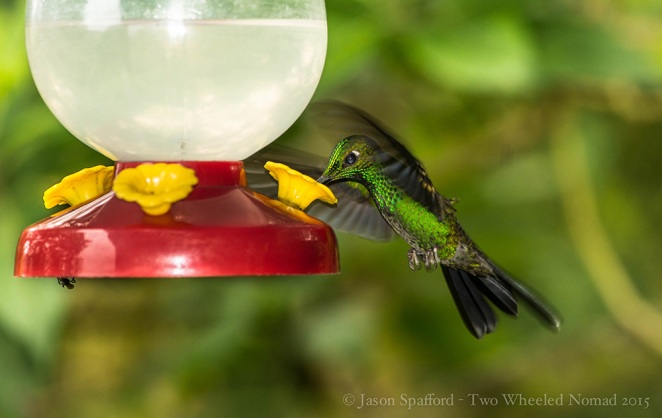
We’d also grown fond of Maria. A woman who once she gets to know you, will stop accusing you of stealing her ice-cube trays, the hen-pecking will scale right back and she’ll delight in making you froth with helpless laughter instead; cook the meanest patacones (fried green plantains with a dash of seasoning); and roast fresh coconut on the hob from the back yard’s plethora of palms for your ravenous tum. Wholesome living is definitely the life for me. So, where next we wondered?
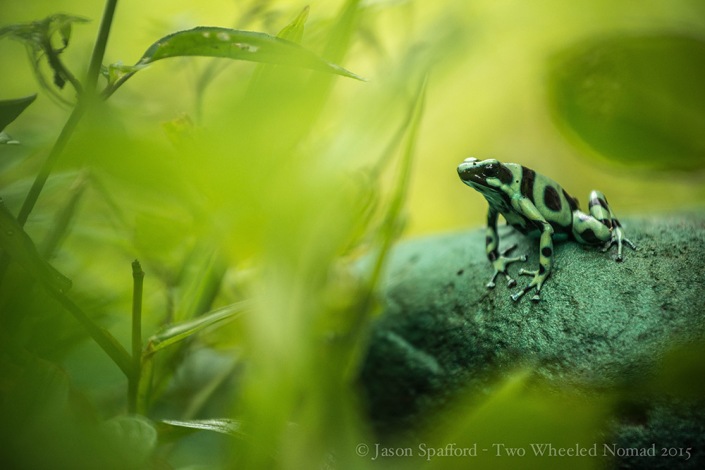
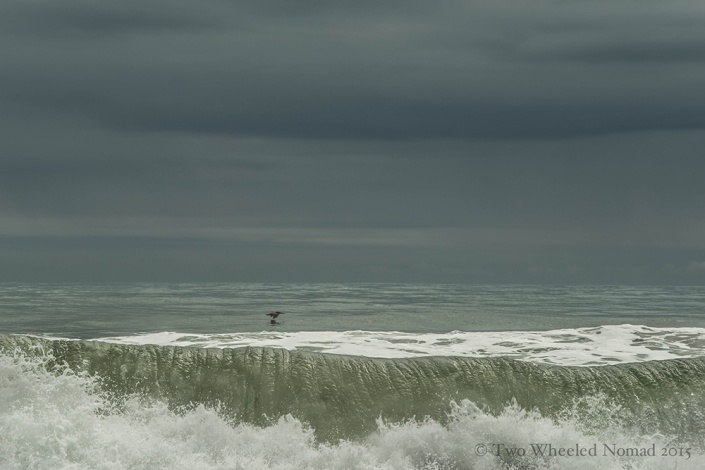
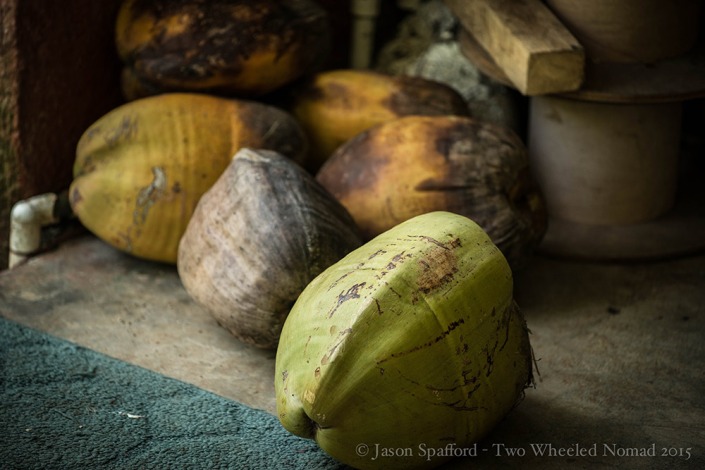
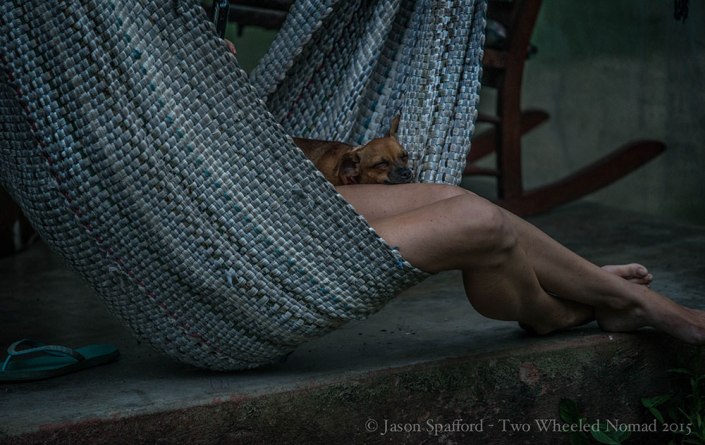
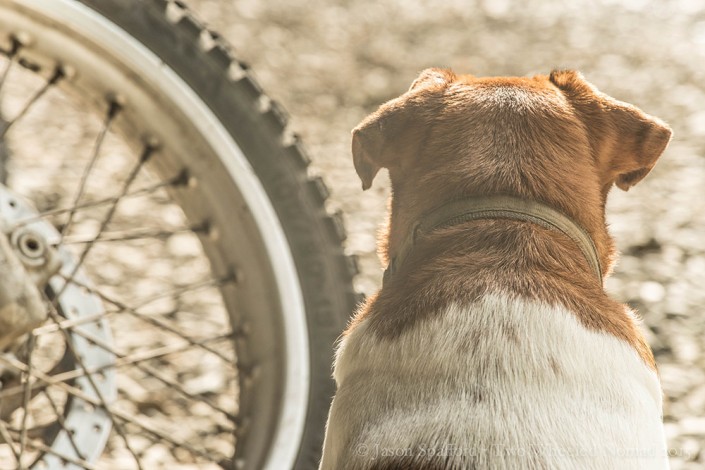
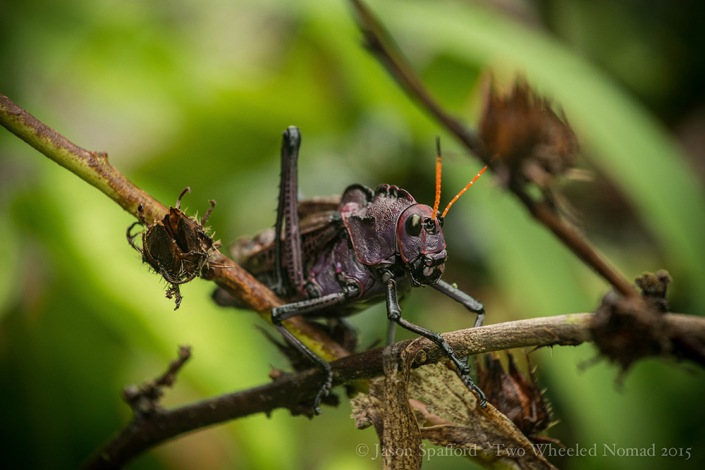
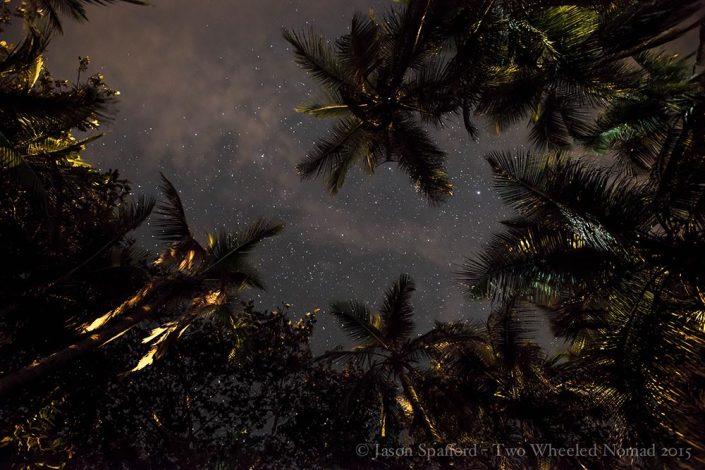
And we had grown fond of Maria. A woman who once she gets to know you, will delight in making you froth with helpless laughter, cook the meanest patacones (fried green plantains that are pressed flat with a dash of seasoning), and roast fresh coconut from her beach-garden on the hob for your ravenous tum. Wholesome living is definitely the life for me. So, where next we wondered?
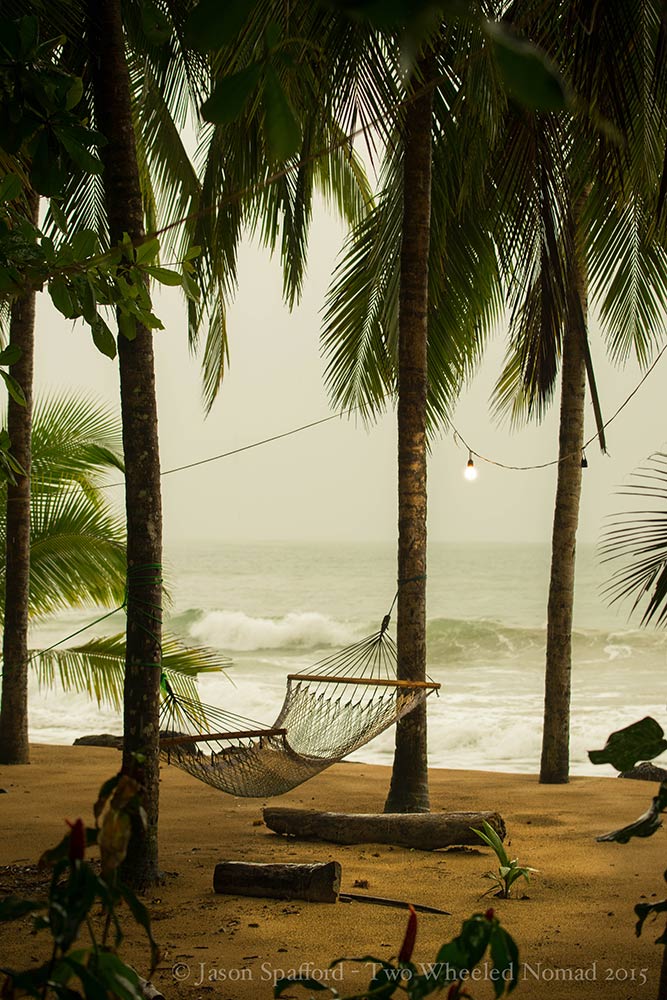
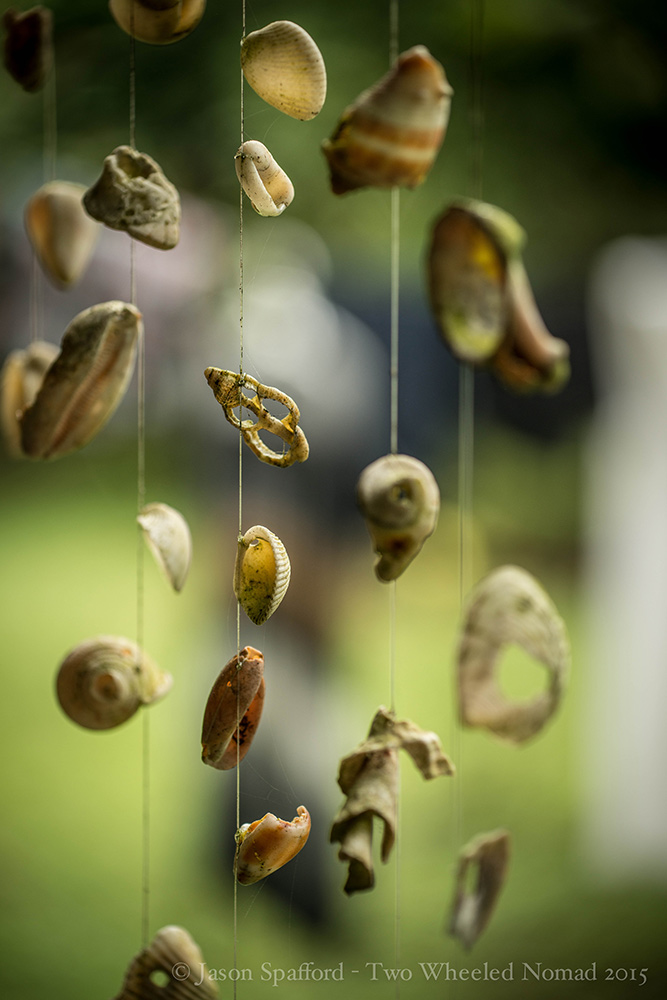
Drawn to the warm waters and exceptional year-round whitewater, kayakers from all over the world flock to Selva Whitewater in Costa Rica. And us, but not because we’re raging-rapid junkies particularly, but largely because Travis who manages the ‘moving water’ business, runs a great campground alongside. And charges budget-traveller rates. Relying solely on the GPS co-ordinates, this gem is tucked away 100 kilometres north of San José at a spot called La Virgen de Sarapiqui in the Heredia Province.
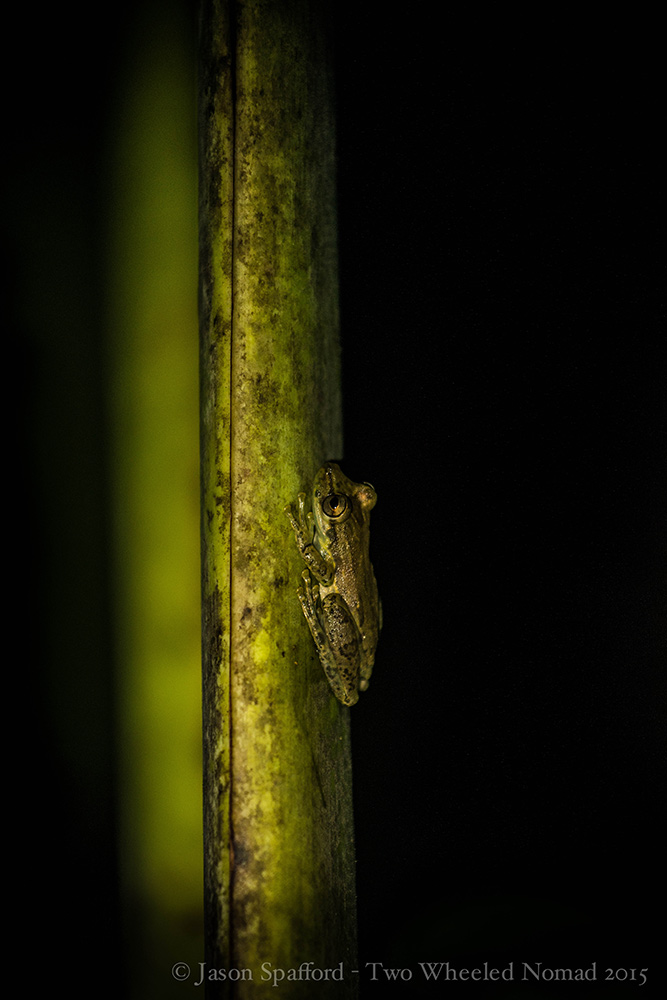
Kicking the side-stand down on Travis’ lush land, I saw Jason’s head partially enveloped by some vegetation. What is it, what is it? I huddled down next to him as my eyes danced in search of something amazing. Perfectly still and staring up at me through glassy jet black eyes, was a tiny perfectly formed amphibian—adorned with the most vibrant design, blessed with a jingling mating call and sporting the coolest name. The Blue-jeans frog. Also known as the strawberry poison dart frog, which doesn’t have half the kudos.
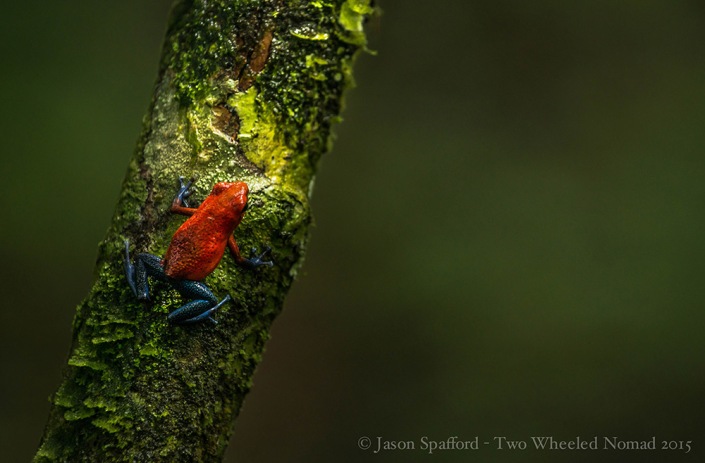
At about the size of a thimble, its Royal Mail post-box red head and body supported by denim-blue legs, boasted a colouration distinct from all other frogs I’ve ever seen. Gladness swelled my chest. I could hear the predators sighing, “Okaaay, I get it—you’re cute but cataclysmic. I’ll find something more palatable to nibble.” Its poison dart name suggests that this species of frog is the planet’s most toxic, but who knew some possess enough poison to take out 20,000 mice..!
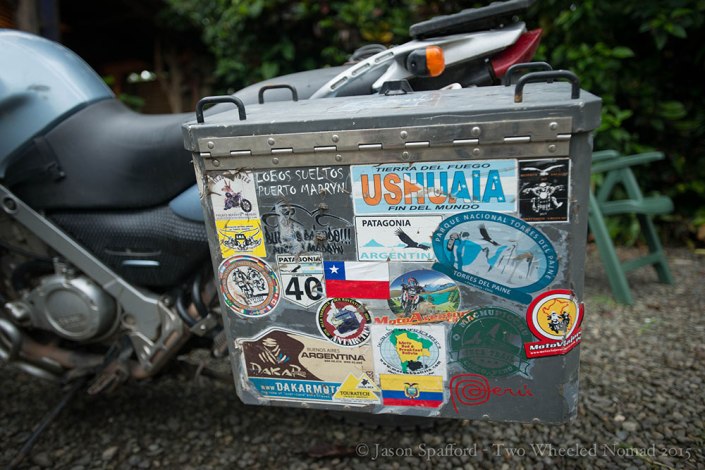
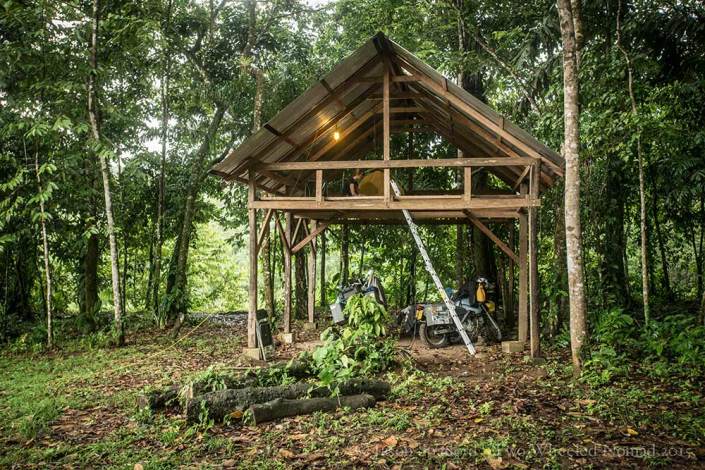
Taking care of all our wants, whims and needs, Travis suggested we make camp on the high mezzanine floor of his open-barn, situated next to the booming whitewater. Perfect in tropical Costa Rica’s ‘Raining cats and frogs’ season; pitching only the inner-tent beneath the barn’s protective roof kept us cool and dry. We were given the value-added overlander treatment: clean facilities in both the bathroom and kitchen areas, an electric hook-up where we’d made home for the next couple of nights, decent WiFi, a delicious breakfast and an appetising dinner. Dang! What a find.
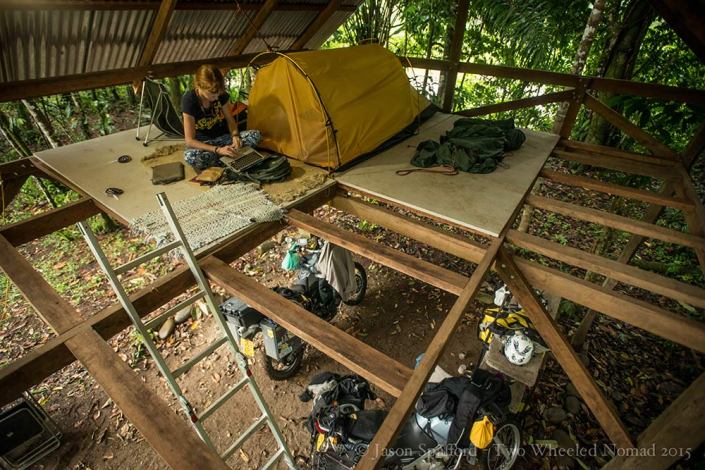
Jason showed boundless gratitude when Travis’ bonny girlfriend cooked for us. Partly perhaps because I wrecked our first evening meal on a bed of brown rice and veggies, with what I thought was ‘carrot sauce’. Mmmn, in violation of every tastebud on the human tongue, it was more like a mustard condiment with pickled carrot. Seriously woman, what were you thinking?! ‘Unusual, that’ll do nicely and make a welcomed change from black bean sauce…’ as I whipped it in my shopping basket earlier. I even missed the word ‘mostaza’ emboldened on the packaging, which I know full well means mustard. Future note to self: never eat anything luminous. How was it? Beyond gross. You win some, you royally ruin some!
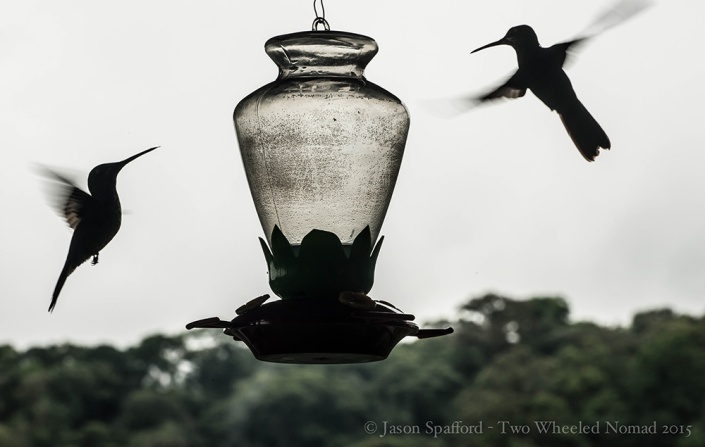
Upon Travis’ recommendation, we ignored the main drag back to San José. Instead, the pair of us scooted up an alternate path; a slower, curvier mountain road from La Selva near the Poas Volcano to a small town called Cinchona. Pulling in on the left at a wooden building with a smoking stack, The Hummingbird Café, and taking my helmet off into fresh cloud forest air filled me with pure joy. It had re-opened in 2013 having recovered from the devastating effects of the 2009 earthquake; the café now enjoys more fluttering creatures on the feeders than before. And a good job because the little hummers sure can slurp down the sugared water.
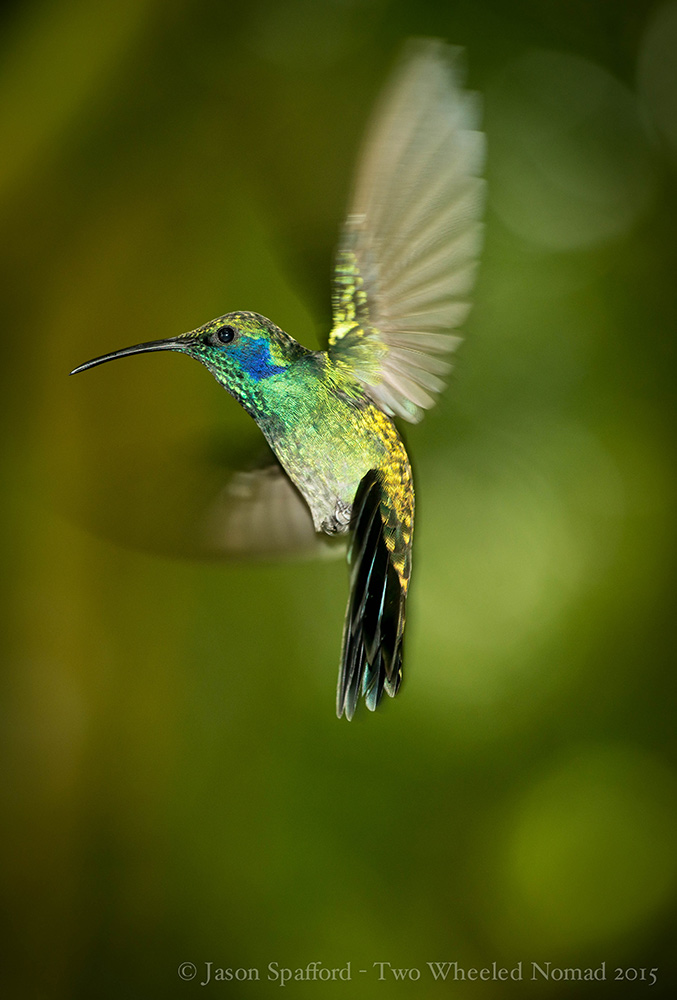
The entrance of the The Hummingbird Café warmly welcomes you with displays upon displays of antique artefacts to pour over, artisan parrot-art mobiles to peer up at and handmade wooden jewellery to embellish your ears, neck, fingers and wrists. There are a handful of homemade goodies on offer as well as a few bags of organic coffee. It really is an intimate Aladdin’s Cave of natural treasures to gift and sweet treats to eat. Rustic benches and tables invite you to take a pew and relax while the smallest birds in nature do their ‘ting’ and put on quite the spellbinding show.
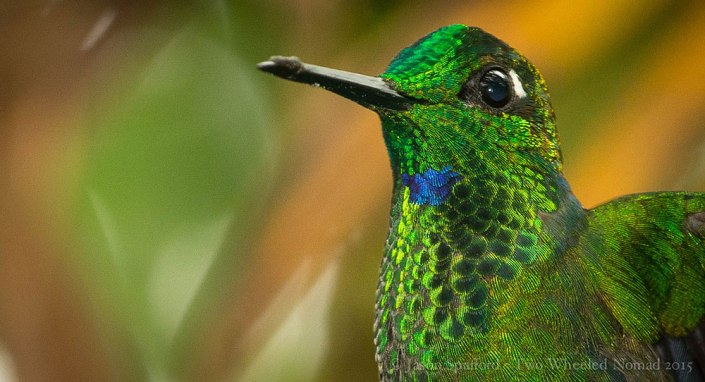
Narnia in the summertime awaits out the back. The café’s back yard is a stunning location for the middle elevation birds of the Caribbean Slope. The nectar feeders attract up to ten species of hummingbirds such as the Coppery-headed Emerald, Green Thorntail and White-bellied Mountain-Gem. All named at the Elton John School of Fabulous!
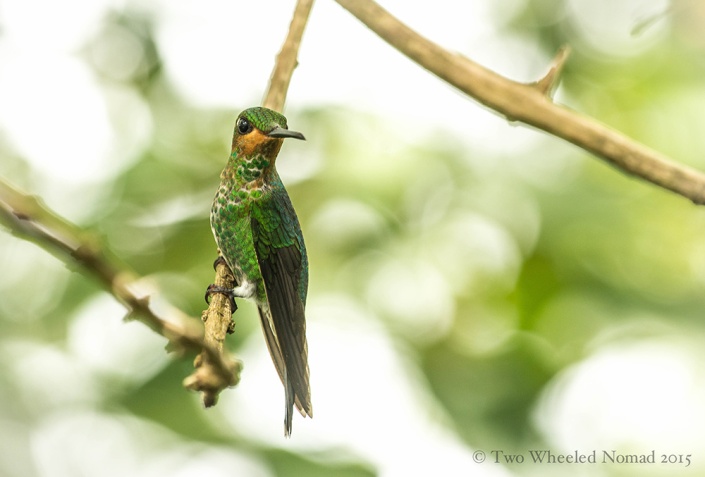
As we sat dining on the Menu del dia—menu of the day, it was hard to focus on them flying forward, backward and shifting sideways. Always flittering, this way and that. Especially as the hummingbirds beat their wings 60-200 times per second while flying up to 60 miles per hour. With weak feet, they can barely walk at all. Fantastic when the dainty creatures stopped in midair, flashing their iridescent blue and green wings in the streaky sunlight. Interestingly, hummingbirds’ wings ‘buzz’ or make a whirring sound while in flight; this sound is referred to as a ‘wing whistle’. Gorgeous.
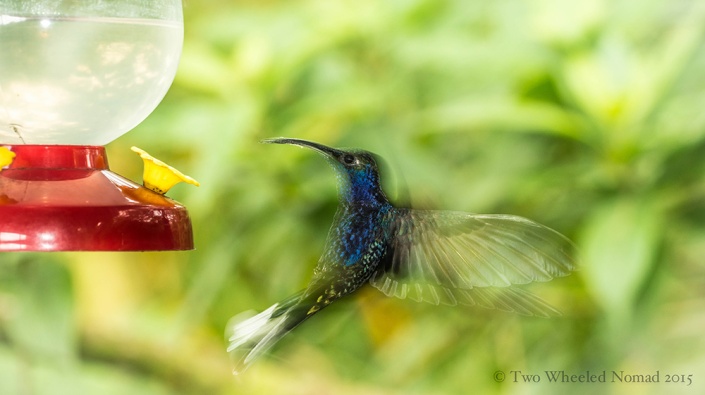
An unmissable stop that feasted the eyes and filled our bellies beautifully; the café’s dulce de leche coconut pieces were a slice of heaven. The hummers however consume on average half of their body weight in sugar every day, lucky blighters..!
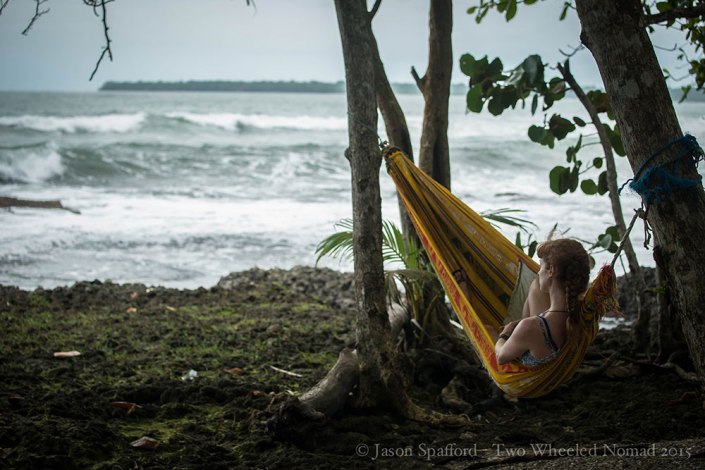
Why are we always at our happiest when immersed in wildlife? Animals in their natural habitat do so much more than fascinate the mind. Nature nourishes the soul, and enlivens the human spirit with a humbling resonance too.
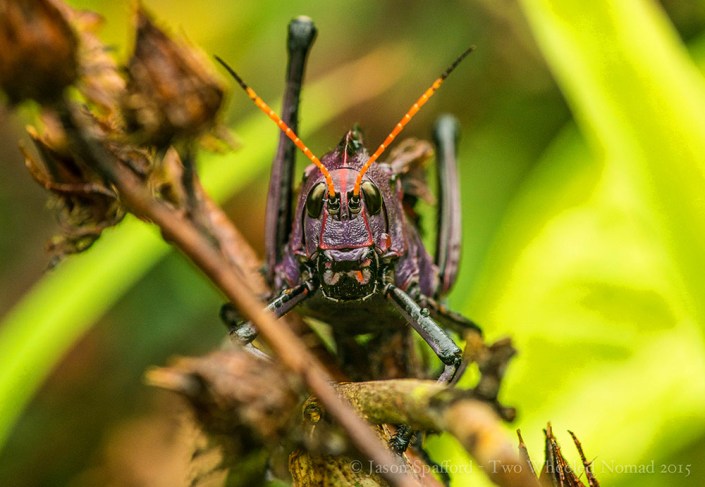
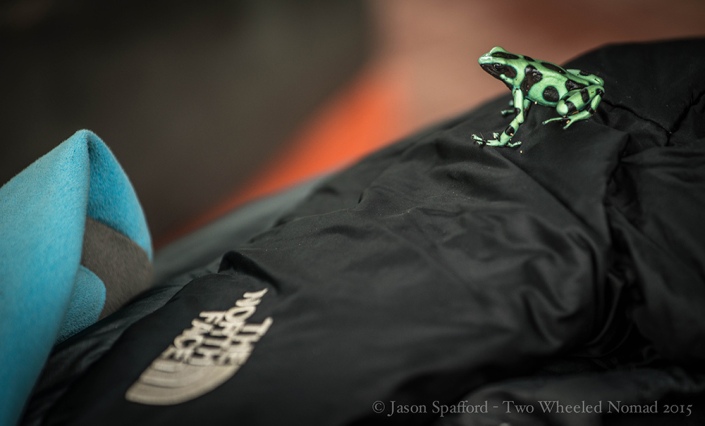
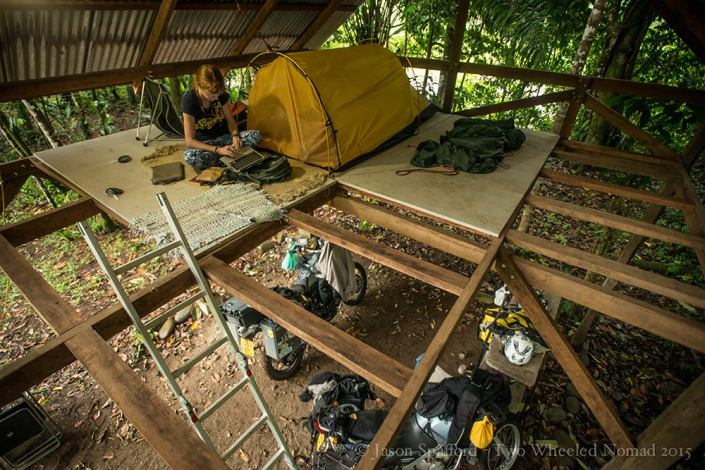
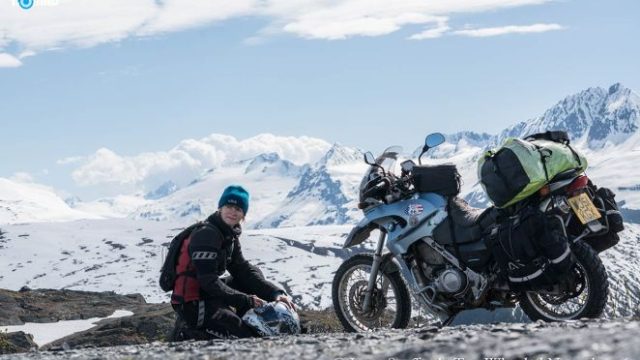
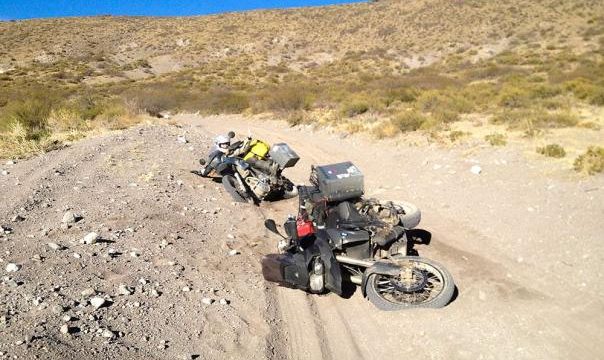
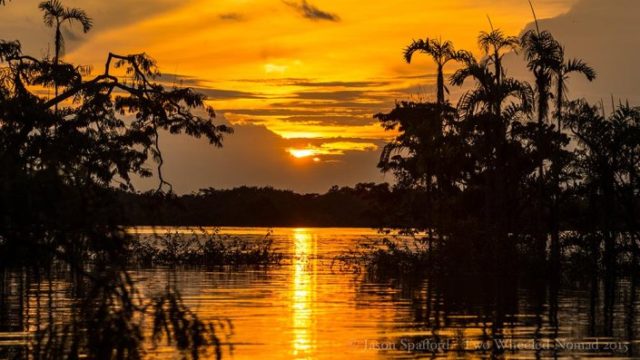
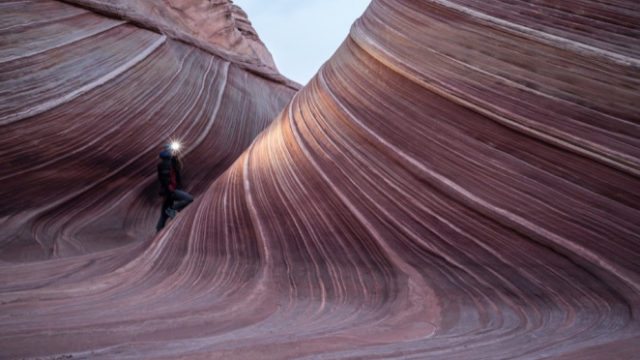
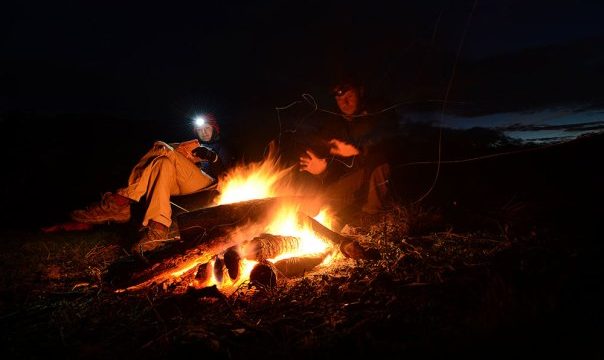
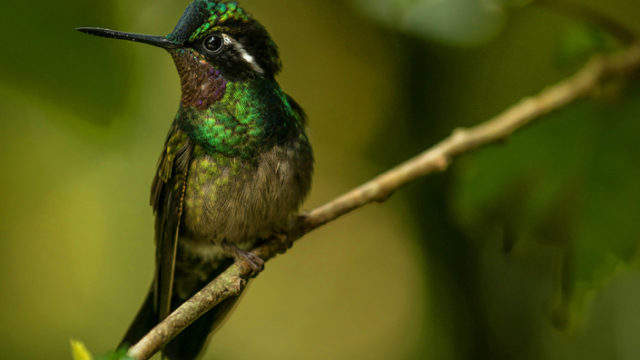
awesome post thanks
I’ve read several good stuff here. Certainly worth bookmarking for revisiting. I surprise how much effort you put to create such a wonderful informative site.